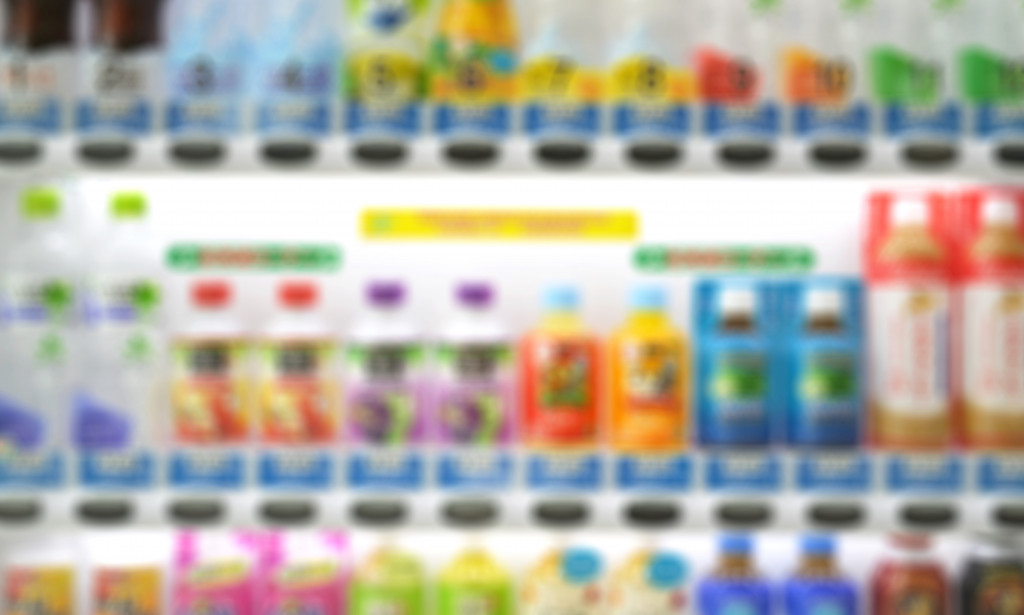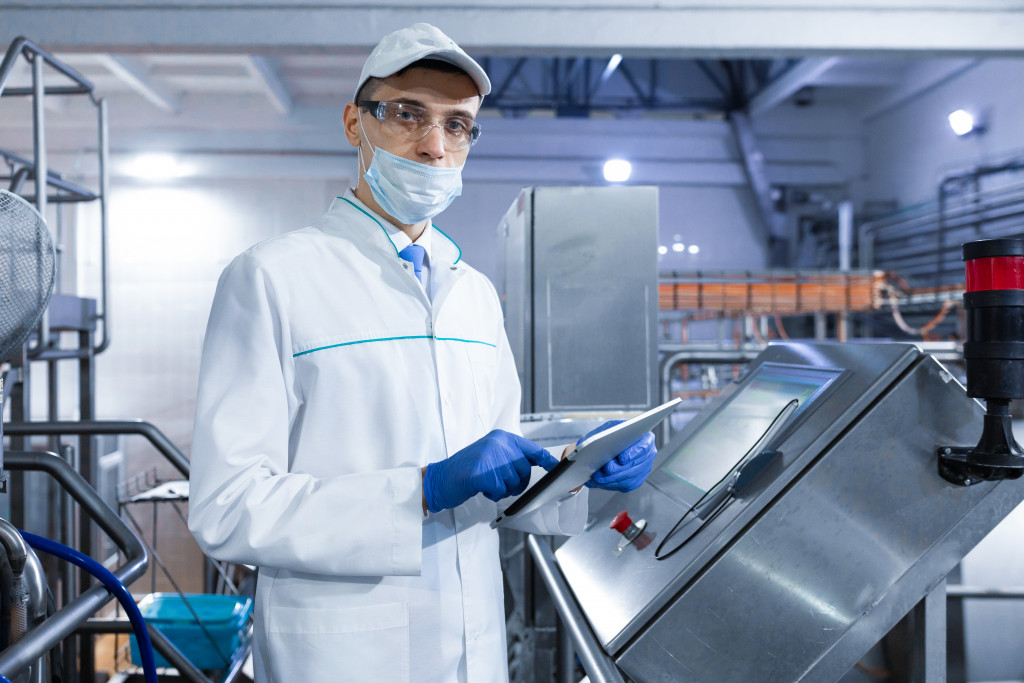The pandemic transformed our thought processes in a way we didn’t know possible. If anything good resulted from it, it was that our consumption choices were geared toward our health and well-being. How we hydrate and nourish ourselves form part of this transformation too. Here are other changes that would define the beverage market for the next couple of years:
Functional Drinks Taking Center Stage

Expanding product offerings to include non-dairy and vegan options has become commonplace. Although plant-based alternatives to milk like soy, oat, and almond milk have been around for decades now, they are steadily being incorporated into cold brews and powdered drink mixes. As if to ride the norm of smoothies, plant-based emulsifiers that people would prefer for their drinks or breakfast bowls are here to stay.
Also gaining traction are hydration multipliers, which are usually sold in powder sticks that can be readily dissolved in a bottle of water. This rich source of performance-enhancing electrolytes that can deliver hydration more efficiently to the bloodstream was originally made for athletes to prevent muscle injuries due to dehydration. Lately, the market has included on-the-go individuals and those who aspire to incorporate regular exercise into their daily routines.
People have become keen on digestive health, too, more so about the gap between stress and gut health that needs bridging. And so, many seek the aid of health supplements to relieve irritable bowel syndrome (IBS) symptoms, among others, some of which are manufactured in water-soluble formats. Still, more and more people are realizing the indispensable benefit of taking probiotics in their diets that, in response, beverage makers continue to innovate more wholesome yet palatable probiotic-infused drinks.
Ashwagandha, an herb originating from parts of Asia and Africa, is one of the many natural extracts that have become ubiquitous in the realm of health for its anti-inflammatory and immunity-boosting properties. Likewise, people are becoming more receptive to the pain-relieving and relaxing effects of cannabidiol (CBD), though it is still debatable in many states. Nevertheless, common to find these ingredients in consumer goods such as essential oils, gummies, and juices.
Overall, this so-called functional branch of the beverage market is poised to have a 46 billion valuation in the next four years, equivalent to an 8% compound annual growth rate (CAGR). This is according to a recent study conducted by market expert Technavio.
Global Palate
Thanks to the age of digitalization that enriched cultural exchange, consumers are now more open to new experiences, including flavors of food and drinks. Today, it does not take a sommelier to infuse one’s culture into beer or cider with DIY equipment like kegerators easily accessible on the market. With the millennial generation having a penchant for adventure, a beverage as simple as an ade has transformed into many flavors and renditions that suit palates of all ages and walks of life.
Sustainability
In recent years, sustainability among mass manufacturers has been the clamor of environmental conservationists. Not exempt from the brunt of criticism are producers of commercial beverages who are, little by little, weaning themselves off of natural resource-exhaustive practices and, instead, are incorporating eco-forward ones.
They exemplify this mostly by using responsibly grown produce. In other words, they partner with suppliers that contribute to reforestation while sustaining livelihoods. On the other hand, they don’t condone exploitative farming practices like slash-and-burn and child labor.
For so long, the industry has been so independent of plastic packaging for its food-preserving properties. However, multinational companies are taking the lead in pledging their commitment to using 100% recycled plastic for their product packaging by 2025. More companies, though, are yet to realize that recycled plastic can be just as efficiently processed with the help of injection molding technology.
Some are researching how to make biodegradable packaging sturdier, knowing they must contain liquid and keeping the possibility of exporting their products open. If not, they partner with groups dedicated to clearing the oceans of plastic waste and third-world countries that have become dumpsites of these wastes. Other companies join forces with How2Recycle, an organization known for providing a recycling guide depending on what a product’s packaging is made of. This guide is then printed onto the packaging in an attempt to involve consumers in the process.
A more holistic approach to health and fitness and a desire to make informed purchased decisions prompted the changes happening in the beverage industry. This is a continuous challenge for producers of drinks but, otherwise, is a beacon towards more refined manufacturing processes with long-lasting benefits for the market and the planet.



